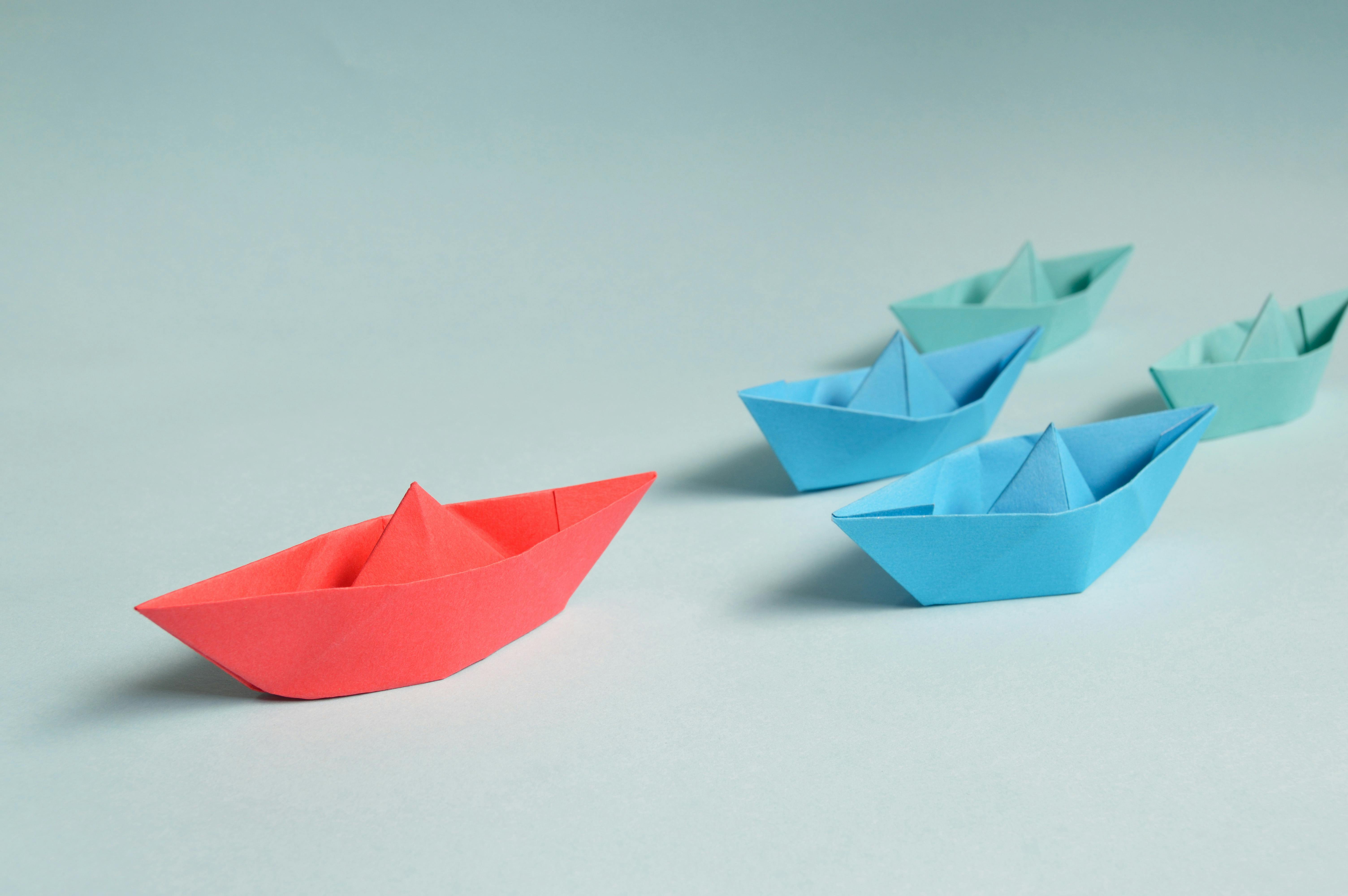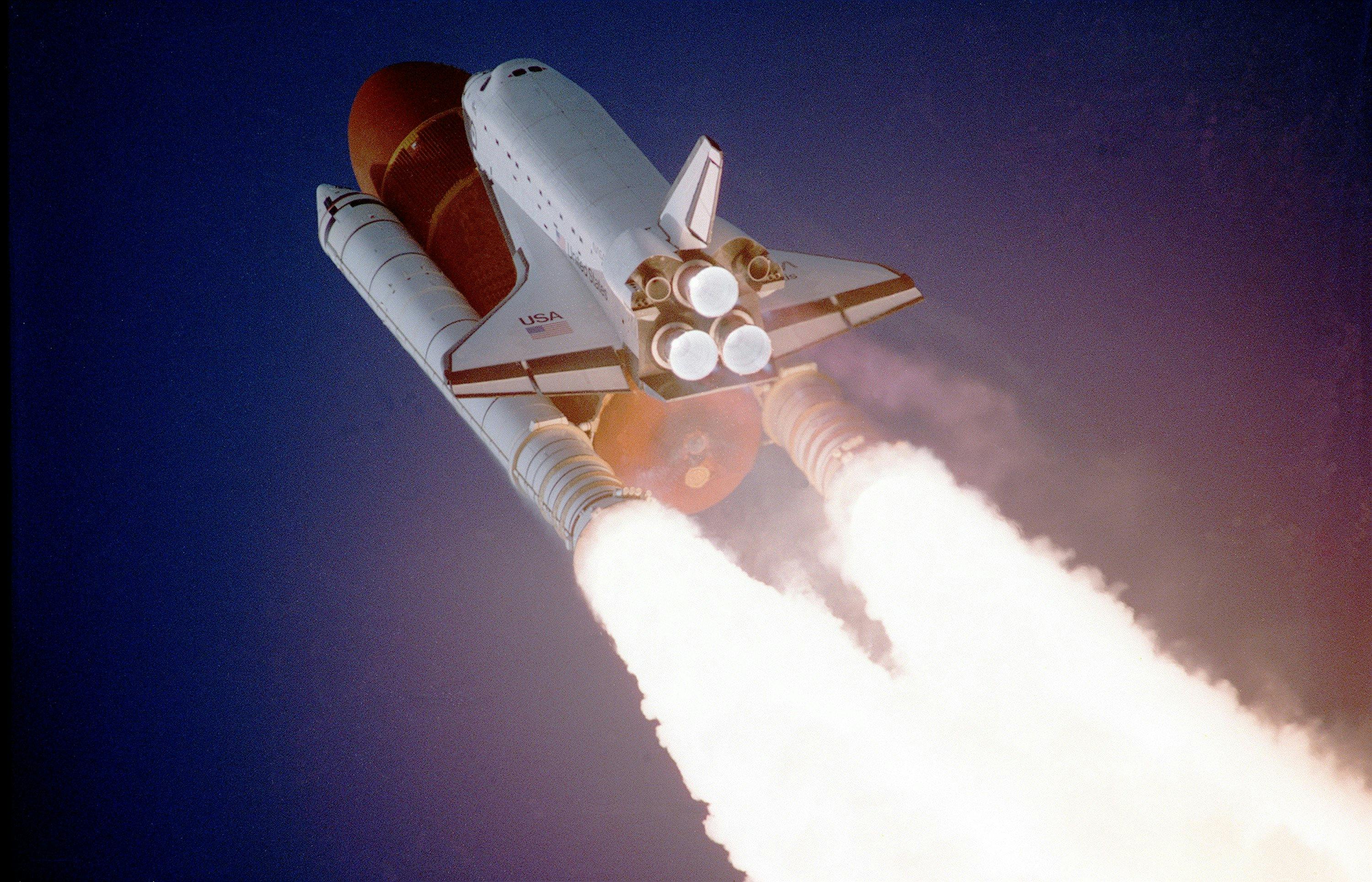Distilling is the process of separating a liquid into its component parts, with each part having different characteristics. Distilling is an ancient art that has been practiced for centuries, and it is now used to make a wide range of products, from whiskey and gin to essential oils and perfumes. If you are interested in learning how to start distilling, this guide will provide you with the basic steps for getting started. With a few simple supplies and some patience, you can begin your journey into the world of distillation.Distilling is a process of purifying a liquid through evaporation and condensation. It involves heating a liquid to its boiling point, collecting the vapor, and then cooling the vapor back into a liquid form. This process is used to separate mixtures of liquids with different boiling points or to purify a single liquid. Distillation can also be used to increase the concentration of certain compounds in a mixture by removing water or other impurities.
What Equipment Do You Need for Distilling?
Distilling is a process that involves heating and cooling liquids to separate them into their components. It can be used to create alcohol, essential oils, and other products. The type of equipment you need for distilling will depend on the type of product you are making and the quality you are seeking.
Essential to any distillation setup is a still, which is a vessel designed to heat and cool liquids while capturing the vapors created by the boiling liquid. Stills come in a variety of designs, including pot stills, reflux stills, and fractional column stills. The type of still you need will depend on the product you are making and how pure it needs to be.
In addition to a still, you’ll need some other pieces of equipment to get started with distilling. This includes a heat source such as an electric element or gas burner, as well as something to collect the condensate from the distillation process such as a condenser or an immersion chiller. If you are distilling alcohol, then you’ll also need something to
Choosing the Right Ingredients
When it comes to distilling, choosing the right ingredients is essential for achieving the best possible product. The type of ingredients used will determine the quality and flavor of the final product. It is important to select ingredients that are high quality, fresh, and free of contaminants in order to produce a safe and enjoyable product. Additionally, selecting ingredients with specific characteristics can also help create unique flavors and aromas in distilled spirits.
When selecting ingredients for distilling, it is important to consider their flavors and aromas as well as their chemical composition. For example, some grains have higher levels of enzymes which can aid in producing a higher alcohol content in the finished product. Additionally, certain fruits can be used to impart unique flavors and aromas into distilled spirits. Knowing what flavors you want to achieve will help narrow down your ingredient choices.
It is also important to consider how the ingredients will interact with each other during the distilling process. Different combinations of ingredients can produce different results so it is important to understand how each ingredient will affect the outcome of your final product. Additionally, some combinations may require additional steps or equipment in order to
Preparing the Equipment for Distilling
Distilling is a process that requires a lot of preparation and the right equipment. The first step in preparing for distilling is to set up the distillation apparatus. This includes assembling all of the necessary components such as the still, condenser, thermometer, collection vessel, and hose. Depending on the type of still being used, additional components may be needed.
Once the apparatus is assembled, it should be thoroughly cleaned and inspected to ensure there are no leaks or other damage. All components should also be checked for proper fit and connections before beginning to distill. It is important to use only food-grade materials when making any part of the still as non-food grade materials can contaminate or react with the alcohol being produced.
The next step in preparing for distilling is to measure out all of the ingredients that will be used in the process. This includes measuring out any grain or sugar that will be used as well as any herbs or spices that will be added for flavor. The measurements must be exact in order to produce a consistent product each time.
The last step in preparing for distilling is to
How to Calculate the Alcohol Content of Distilled Liquor
Calculating the alcohol content of distilled liquor is important for both commercial and home distillers. Distilled spirits are typically measured in proof, a term originally used in England to indicate the strength of a spirit. The proof number is twice the percentage of alcohol by volume, so an 80-proof spirit is 40% alcohol by volume (ABV). To calculate ABV, you need to know the original gravity and final gravity of the spirit. You can then use a hydrometer or other tools to measure the alcohol content. Here’s what you need to know about calculating ABV for distilled liquor.
What Is Original Gravity?
Original gravity (OG) is a measure of the density of a solution before fermentation has taken place. This number can range from 1.000 to 1.120, with 1.000 being pure water and 1.120 being very dense wort or mash. OG is measured with a hydrometer or refractometer, which measure the amount of dissolved solids in a liquid and

Understanding the Basics of Fermentation
Fermentation is a biochemical process that occurs in living cells and is an important part of the metabolism of many organisms. It involves the breakdown and conversion of organic molecules into energy, usually through the action of enzymes. Fermentation can be used to produce food products, such as beer, wine, cheese, yogurt, bread, and other fermented foods. It can also be used to produce industrial chemicals and fuels. In this article, we will look at the basics of fermentation and how it works.
The process of fermentation begins when yeast or other microorganisms convert carbohydrates into carbon dioxide and alcohol. The carbon dioxide is released into the atmosphere while the alcohol remains in solution in the liquid being fermented. This process is known as alcoholic fermentation. In addition to this type of fermentation, there are also other types such as lactic acid fermentation which results in yogurt or sourdough breads and acetic acid fermentation which produces vinegar. Each type of fermentation has its own unique characteristics and can be used to produce different types of products.
The temperature at which a particular type of fermentation takes place has
How to Collect and Measure Your Distillation Results
Distillation is an important process used in many industries, including pharmaceuticals, food and beverage, chemical manufacturing, and more. In order to ensure the quality of the products produced by distillation, it is necessary to collect and measure the results of the process. In this article, we will discuss how to do this effectively.
The first step in measuring distillation results is to collect samples from each batch of product that has been distilled. Samples should be taken at different points throughout the distillation process, such as before distillation begins, after each stage of the process has been completed, and at the end of the process. These samples should then be analyzed for any impurities or contaminants that may have been present in the original product or that may have been introduced during the distillation process.
Once all samples have been collected, they should be compared against a set of standards that have been established for that particular type of product or distillate. These standards will help to ensure that all batches meet a certain level of purity or safety prior to being released into commerce or use.
In addition to measuring
Troubleshooting Common Problems with Distillation
Distillation is a process used to separate and purify liquids by heating them to their boiling points. It can be a tricky process, and there are often problems that arise when distilling liquids. Here are some of the most common problems you might encounter when distilling, and how to troubleshoot them.
The first problem you may encounter is that the distillate is not pure. This can be caused by poor distillation technique or a faulty apparatus. To fix this, make sure you are using the correct temperature for your distillation and that your apparatus is working properly. You may also need to increase your amount of boiling liquid in order to ensure complete separation of the components in the mixture.
Another common problem is that too much of the liquid evaporates during the distillation process. This can be caused by an overly high temperature or an overly long boiling time. To solve this issue, make sure you are using the correct temperature and boiling time for your particular mixture. You may also need to reduce your heat source if it is too high or decrease your boiling time if it

Conclusion
Distilling is a great way to create your own unique spirits from the comfort of home. It is a complex and intricate process, but with the right equipment and knowledge, it can be done with great success. To get started distilling, you need to gather the necessary equipment and ingredients, understand the distillation process, and acquire permits as needed. With patience and practice, you’ll be well on your way to creating delicious homemade spirits.
Whether you’re looking to become a master distiller or just want to have some fun experimenting with flavors, distilling can be an enjoyable and rewarding experience. With a bit of research and some dedication, you can enjoy creating your own spirits in no time.

